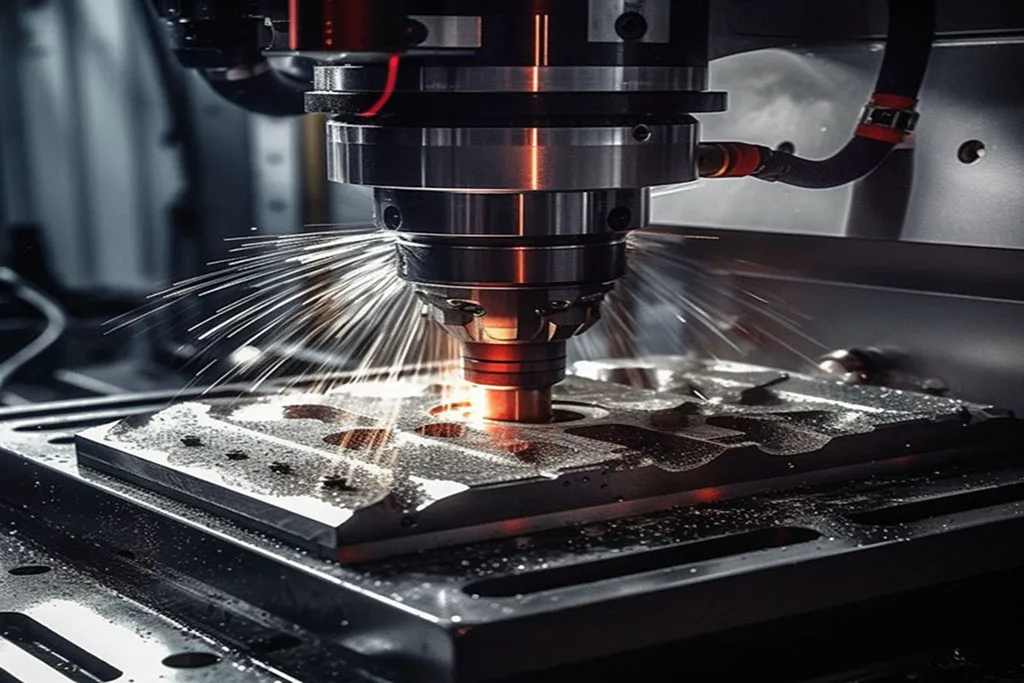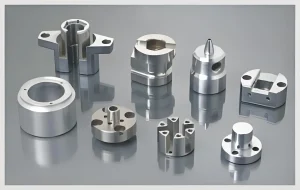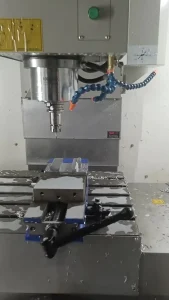The emergence of 3D printing technology has opened up a vast new world for creators and designers. Behind such rapid development, environmental issues have also surfaced. People’s attention has begun to turn to the recyclability of 3D printing materials – plastics. This article will take you to explore the feasibility and ways of reusing 3D printed plastics.

The process of reuse
Next, we need to understand how to reuse 3D printed plastics. First, collect the failed pieces or scraps. Wash these materials to remove any attachments. Then, crush it into small particles. This can improve the effect of subsequent printing.
During the crushing process, be careful not to mix different kinds of plastics. Different plastics have different melting points and properties, and mixing them may cause printing failure. After processing, the particles can be placed in the 3D printer and reprint new items.
Precautions
Although 3D printing plastics can be reused, there are still some issues to pay attention to. First, reused plastics may reduce strength and toughness. After multiple heating and cooling, the performance of the material will decrease. Therefore, it is recommended that you mix reused plastics with new materials.
In addition, monitoring printing parameters is also key. Due to changes in material composition, you may need to adjust the temperature and printing speed. Make sure the printer settings match the material properties for best results.
Application Cases
The applications of reused 3D printing plastics are very wide. For example, you can use waste materials to print small tools, toys or decorations. This not only saves materials, but also contributes to environmental protection.
Some makers even use reused plastics for artistic creation. This method is not only creative but also improves environmental awareness. By displaying these works, you can encourage others to participate in plastic recycling.
Conclusion
In conclusion, 3D printed plastics can be reused. With proper treatment and monitoring, you can turn waste into new materials. This not only contributes to environmental protection, but also inspires creative inspiration. Let’s explore the infinite possibilities of 3D printing and promote sustainable development.






